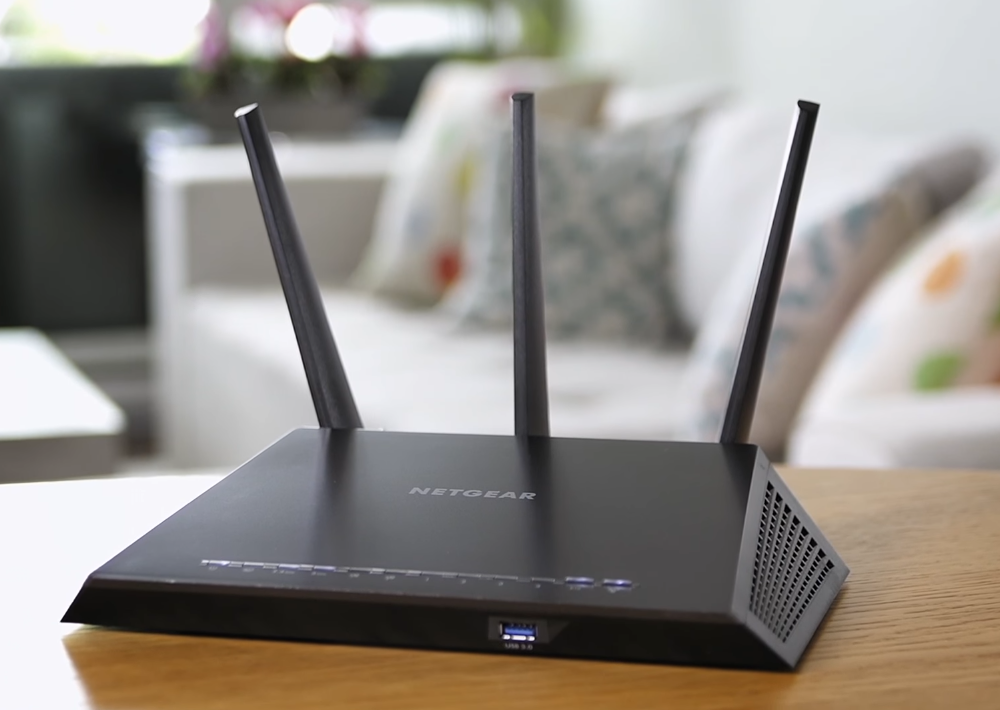Understanding the Gateway to Your Router: 192.168.1.1

In the world of networking, IP addresses serve as the backbone of internet connectivity, allowing devices to communicate with each other in a structured manner. Among these, private IP addresses such as 192.168.1.1 have become synonymous with home and small office router configurations. In this comprehensive guide, we’ll navigate through the essentials of router IP addresses, particularly 192.168.1.1, explaining their purposes, how to use them for router login, and how to troubleshoot common issues.
Whether you’re a home user, a budding tech enthusiast, or a small business looking to take control of your network settings, understanding these IP addresses is the first step towards seamless connectivity and network management.
What Is 192.168.1.1?
192.168.1.1 is often referred to as the “default gateway,” and it’s a private IP address assigned to many routers by manufacturers as the default access point for administrators. It’s part of the larger 192.168.0.0 network range, which has been designated for private networks according to the Internet Assigned Numbers Authority (IANA).
Why Use 192.168.1.1?
This IP address is used to access the router’s admin panel, allowing you to configure settings such as:
- Wi-Fi network name (SSID) and password
- Guest networks
- Parental controls
- Firmware updates
- Network management and security settings
How to Log In to Your Router Using 192.168.1.1
To access your router’s settings through 192.168.1.1, follow these steps:
- Check Router Compatibility: Ensure your router’s default address is 192.168.1.1 (check the label on the router or the manual).
- Connect to Your Network: Be sure you’re connected to your router, either via Wi-Fi or with an Ethernet cable.
- Open Your Web Browser: Any modern web browser will do—Chrome, Firefox, Safari, or Edge.
- Enter the IP Address: Type `http://192.168.1.1` into the browser’s address bar and press Enter.
- Login: Enter the username and password. If you haven’t changed them, use the defaults provided by the manufacturer.
Troubleshooting Login Issues
If you can’t access the login screen:
- Make sure you’re typing the IP address correctly, without any leading “www.”
- Check if firewalls or antivirus programs are blocking access.
- Try a different device or browser to see if the issue is with your initial choice.
Other Common Router IP Addresses
192.168.1.254 and 192.168.1.250
Some routers and extenders use IP addresses like 192.168.1.254 or 192.168.1.250. The process to log in is similar to that of 192.168.1.1:
- Ensure Device Compatibility: Check your device’s documentation to confirm the correct IP address.
- Enter the IP in the Browser: Like before, type the appropriate IP address into your browser.
- Log In: Use the username and password provided by your manufacturer, or your personalized credentials if you’ve changed them.
Securing Your Router
Once logged in, it’s wise to change the default username and password to prevent unauthorized access. Regularly updating your router’s firmware can also protect you from vulnerabilities.
Conclusion
Your router is the gatekeeper to your internet connection, and understanding how to interact with it through IP addresses like 192.168.1.1 is crucial for managing and securing your network. By following the instructions in this guide, you’ll be well on your way to becoming a confident home network administrator.
When it comes to network management, knowledge is power. With the right understanding of IP addresses and router configurations, you can ensure your network is as fast, secure, and responsive as you need it to be. Now go forth and configure with confidence!
Remember, if you face any difficulties, most router manufacturers provide customer support, and extensive support forums are available for troubleshooting common issues. Stay connected and stay savvy!
—
We’ve journeyed through understanding the significance of IP addresses like 192.168.1.1, the login procedures, and tips for securing your network. For more information and in-depth tutorials on networking and tech topics, continue to explore our blog. Your optimal internet experience awaits!









